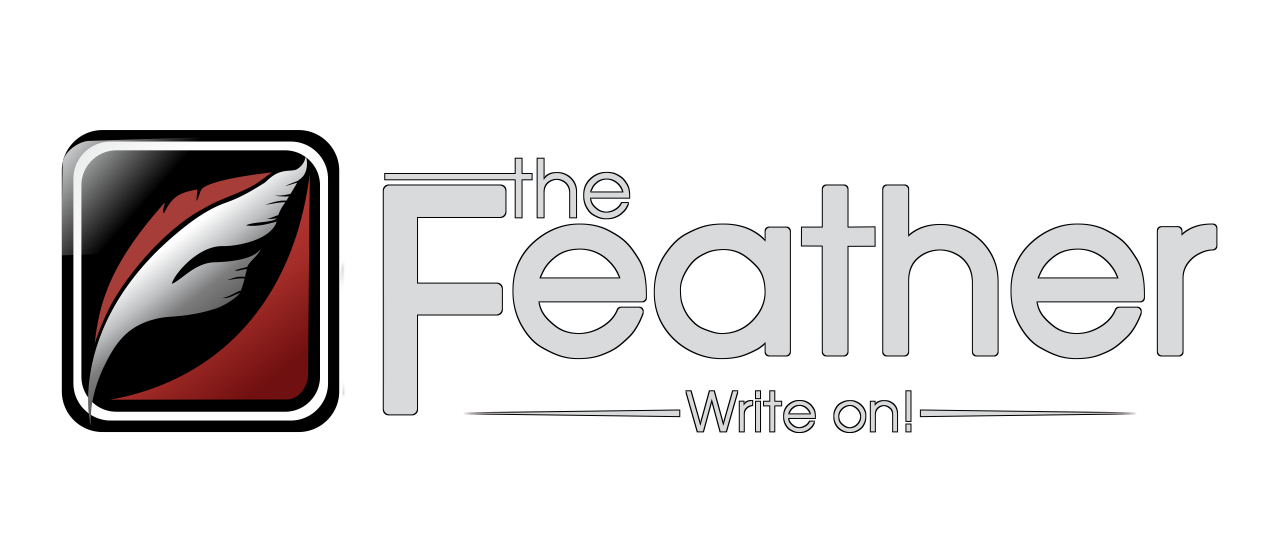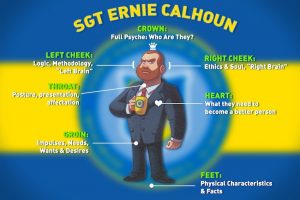
Have you ever been writing a script when it suddenly grinds to a halt? The scene feels boring and dull, it won’t move anywhere, and it feels unnatural. How do you get it moving? Or maybe your characters don’t seem to have life. They feel 2-D and underdeveloped. What do you do?
There’s a piece of advice I see everywhere that’s always incredibly helpful: find your character’s motivation. Every character should have a goal or motivation that influences how they work in the whole piece and in every scene. In fact, every character has a basic set of needs, wants, and personality that drives what they’re doing. More often than not, this is where you’ll find your conflict and drive for a scene. So what’s a good way to identify what makes your character who they are?
Character Tree
I learned about this one from Rocket Jump Film School! They make a variety of YouTube videos about nearly every aspect of film and are super helpful (the videos occasionally have swears and can venture out of the territory of PG, sometimes censored and sometimes not, so be wary of this). In one video, they introduce the incredibly helpful character trees (you can see it in the first picture of this blog).
In it, you make a sketch of your character (or if you’re like me, draw a stick figure or forgo the drawing entirely) and map aspects of your character to corresponding parts of the body. The feet are for basic facts, such as where they grew up and what they look like. The groin (oh hush up and be mature) is for their wants, like wanting something to work or wanting to be the best at something. The heart is what they need to become a better person and grow. They may not want to do these things, but they need to. The throat is for how they present themselves to others, and the left and right cheeks represent the left and right brain. Left is their logic and how they think, where right is there ethics are explored. Finally, you come to the head, their overall psyche or who they are all together. It’s incredibly helpful at identifying who your character is and what makes them tick. And it’s incredibly helpful to see them side by side, which leads me to…
Character Grid

A character grid is very similar to character trees, but lays it all out in one section so you can visually compare all your characters. Make a grid, with columns for you characters and rows that list their wants, their needs, personality traits, and roles in the story. Once you identify what they all need, you can work to have them work together or against each other. Another thing to remember is that what they need might not correspond with their wants.
One character might need to overcome his anger issues, but he might not want to. Conflict can come from self too! The conflict could come from environment as well. Does your character need to have an argument? Put them in a library, or a nursery full of sleeping kids. Make them have to work with the person they’re arguing with.
The other source of conflict is your other characters. Conflict doesn’t have to come solely from your antagonist. Two best friends might have conflicting wants that drive them against each other, creating more turmoil for your main character. Maybe one needs everything to be neat and tidy, and the other’s an absolute mess. If you can identify all the points of weakness in a character and what drives them, you can find ways for them to clash or work together with others. So map out your character, and see what happens. You might discover things about them you never knew!
If you want to contact me, I can be reached via Twitter @ejLadd or by my email, [email protected].
To see more from this blog, check out Frame Rate: Solve a TV mystery in the first ten minutes.



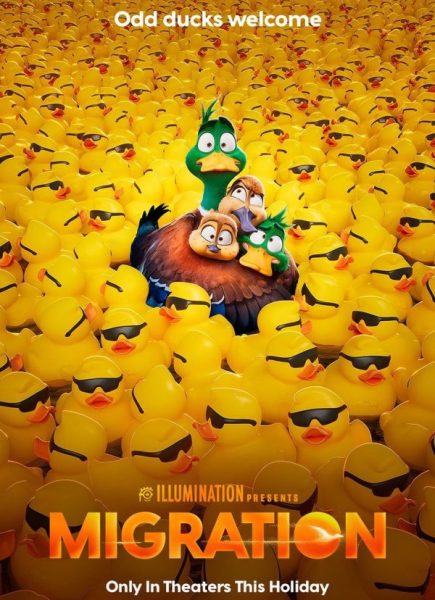
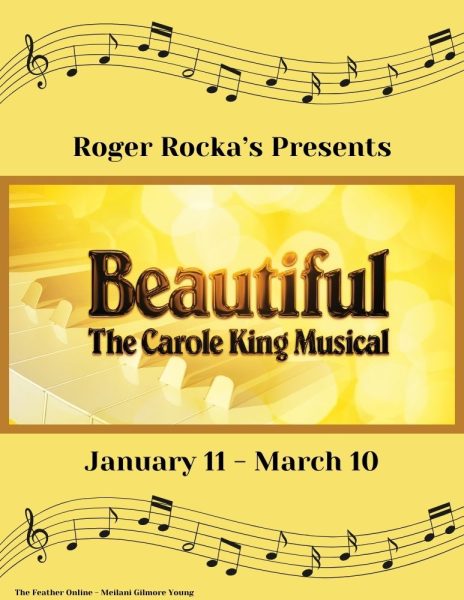



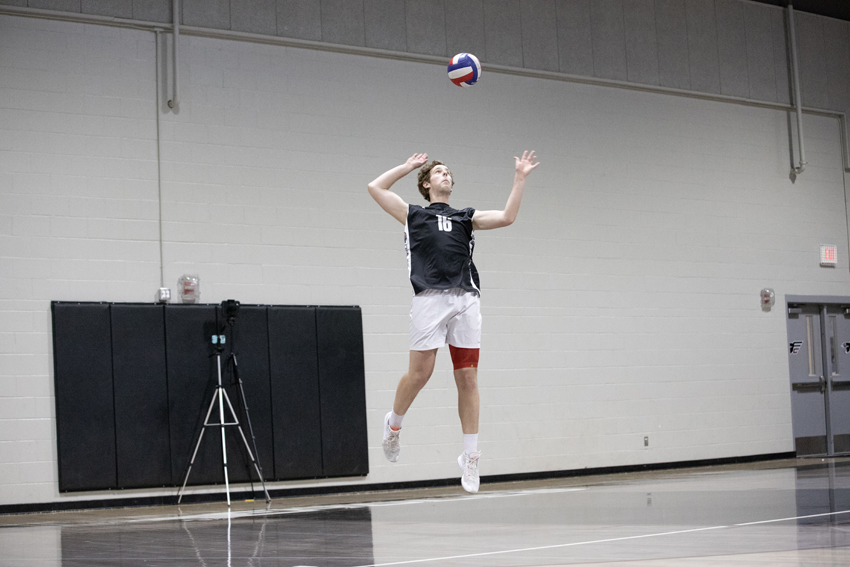
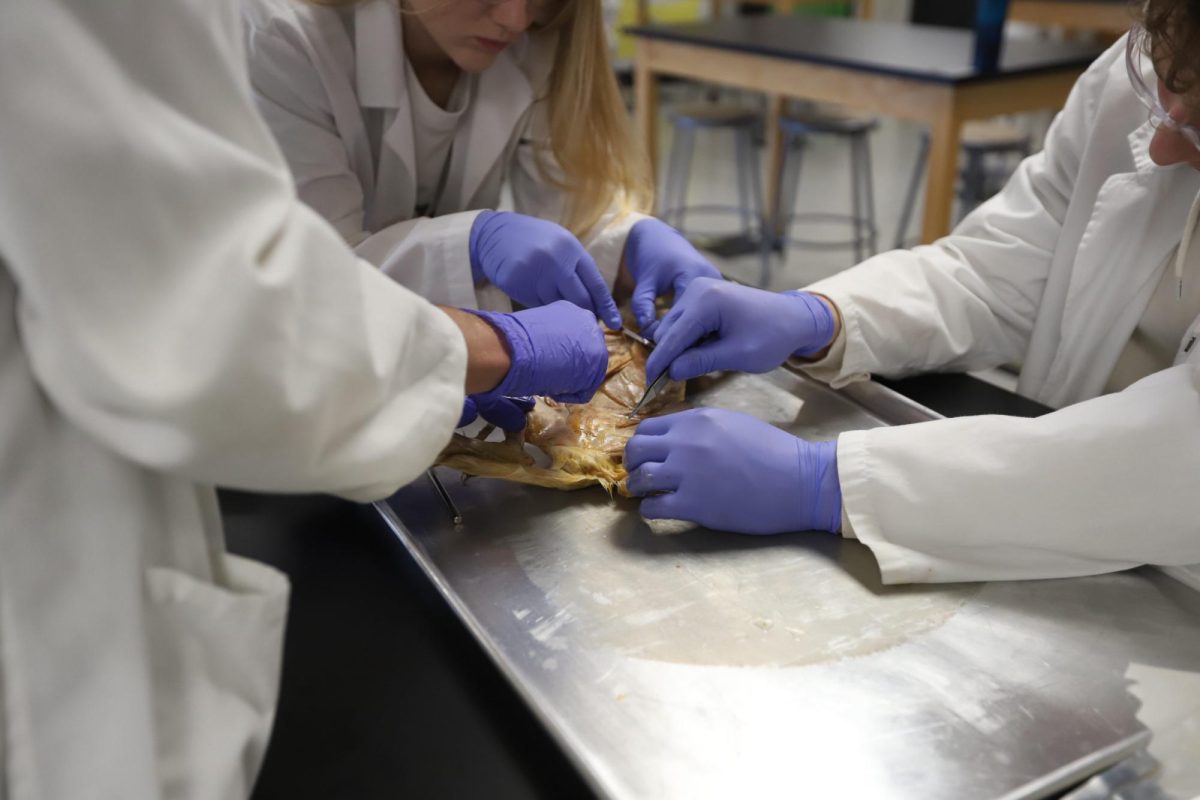
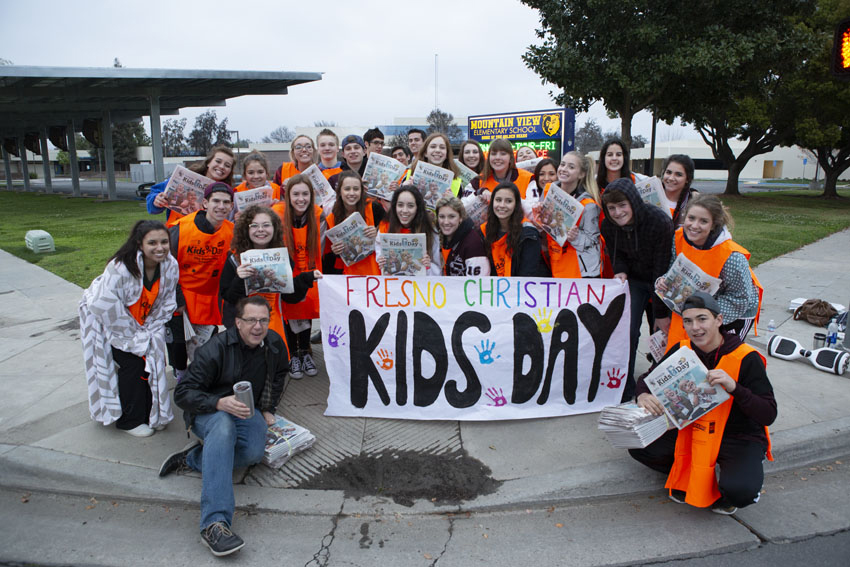
![[Video] 100th CSPA Spring Journalism Conference](https://thefeather.com/wp-content/uploads/2024/04/20240308-cspa-crown-002.jpg)
![[Video] FCS College Fair](https://thefeather.com/wp-content/uploads/2023/10/20231003-collegefair-012_1.jpg)


